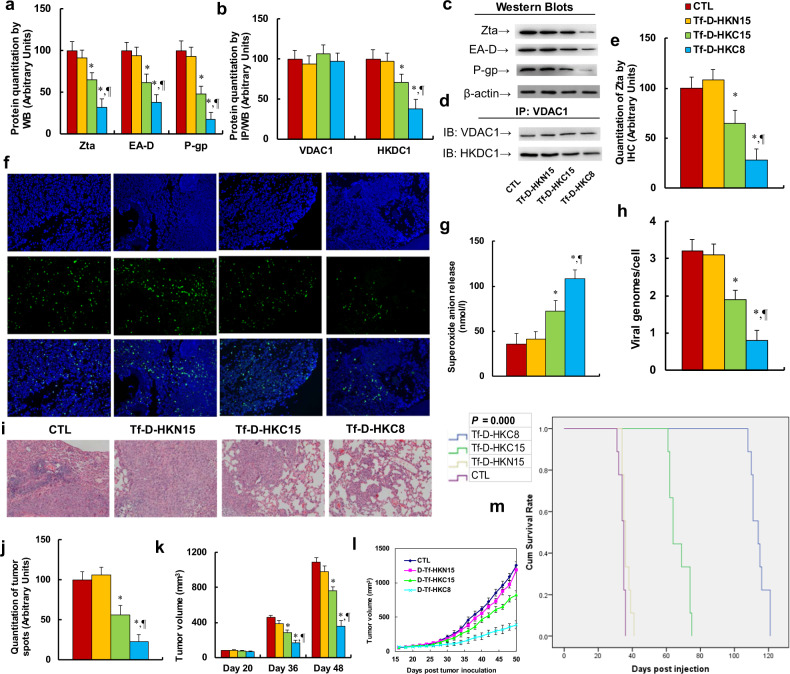Fig. 6. Peptide Tf-D-HKC8 inhibits tumor growth and EBV replication in ENKTL xenograft mouse models.
A total of 1 × 105 of SNK6 cells were injected subcutaneously along the mouse flank for xenograft tumor growth. On day 18 after tumor inoculation, the mice were randomly divided into four groups and treated by control (CTL), Tf-D-HKN15, Tf-D-HKC15, or Tf-D-HKC8 peptide (0.5 µM) every 2 days. The tumor tissues were isolated for biomedical analysis on day 50. a Protein quantitation by western blots, n = 5. b Protein quantitation for IP/WB, n = 5. c Representative western blotting bands for a. d Representative western blotting bands of IP/WB for b. e Quantitation of Zta by IHC, n = 3. f Representative pictures of IHC for e. g Superoxide anion release, n = 5. h EBV viral genomes/cell by qPCR, n = 4. i Representative pictures for H&E staining. j Quantitated tumor spots for i, n = 5. k Quantitated tumor volume on day 20, 36, and 48, n = 5. l Quantitated curves for tumor volumes, n = 5. m Kaplan–Meier analysis comparing survival of mice between each treatment group, P value represents log-rank Mantel–Cox test result, n = 9. *P < 0.05, vs CTL group; ¶P < 0.05, vs Tf-D-HKC15 group. Results were expressed as mean ± SEM.

